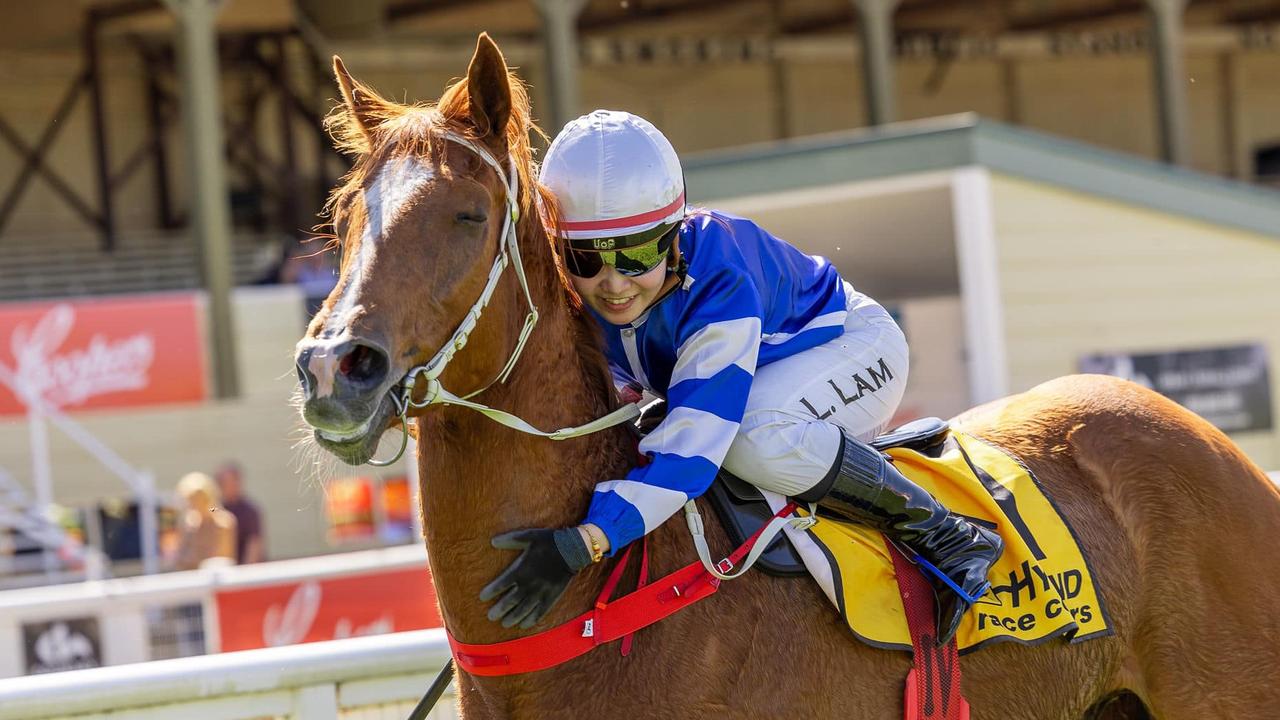SA Police video interviews with murderers, killers, drug dealers and more analysed by top forensic expert
They are among the most confronting, shocking and, at times, damning evidence filed in criminal trials – now an expert weighs in on the moment cops catch on camera.
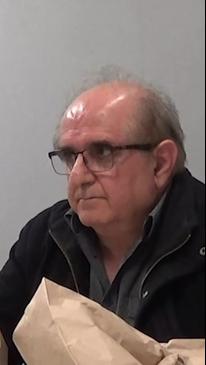
SA News
Don't miss out on the headlines from SA News. Followed categories will be added to My News.
They are among the most confronting, shocking and, at times, damning pieces of evidence filed in criminal trials – yet in SA, they are seldom seen outside a courtroom.
Videotaped records with persons accused of heinous crimes are a key part of both SA Police investigations and the way the Office of the Director of Public Prosecutions builds cases.
Interstate and overseas, such videos routinely become part of the public discourse once a trial has concluded, helping the public to better understand who criminals are and how they think.
In SA, however, the release of such videos is neither routine nor commonplace.
The magistrates, judges and justices of this state have, by law, unfettered discretion as to what pieces of evidence do and do not leave confines of a courtroom.
Even if seen by jurors, and the case has concluded, a jurist may elect not to release a videotape – and they neither have to give reasons for their refusal, nor can that be appealed.
Police and prosecutors are unable to release them because, once they have been formally tendered in court, those pieces of evidence are subject to a judge’s call.
As a result, the videos that are released by the courts make for a fascinating insight into the behaviour, composure, speech patterns and mannerisms of high-profile offenders.
The Advertiser has commissioned leading criminal and forensic psychologist Tim Watson-Munro to examine videos of eight offenders, from the past decade.
He has assessed over 30,000 people in his 46-year career, including 200 murderers, and is the co-host of the “Murder and Motive” podcast.
JOSE OMONTE-EXTRADA, DOUBLE MURDERER
Jose Omonte-Extrada, 20 at the time of filming, is serving a life sentence and 33-year non-parole period for his December 2012 crimes.
He murdered both Rebecca Wild – his ex, with whom he remained obsessed – and Jasinta-Leigh Fullerton, a passer-by who witnessed the incident.
Omonte-Extrada had driven 120km to attack Ms Wild, and inflicted 29 non-fatal stab wounds to her head, face and hands.
He killed Ms Fullerton with an axe while Ms Wild watched, then used the same weapon to strike Ms Wild nine times and kill her.
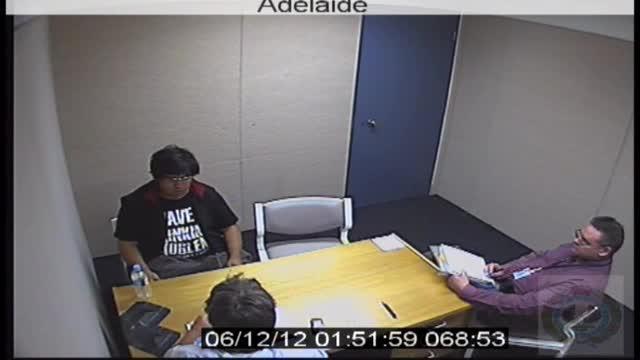
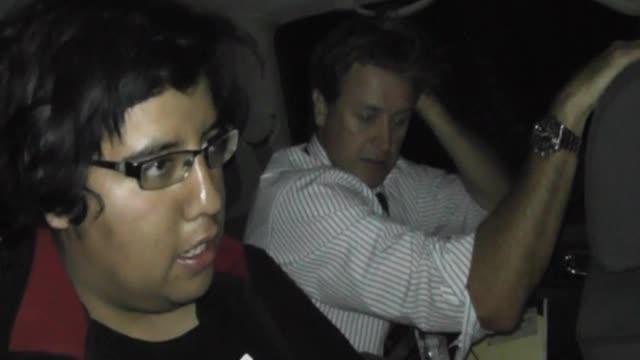
EXPERT ANALYSIS
As the conviction for murder reflects, there is a clear intention to kill Ms Wild.
His presentation is striking, in the context of him being quite dissociated from the gravity of his behaviour, involving the brutal murder of two women.
Mr Omonte-Extrada provides considerable detail regarding the murder at the material time and acknowledges his culpability.
His discussions with the police are calm with no evidence of distress or remorse in terms of his behaviour.
As a further aggravating issue in terms of his intent and planning, he describes burning Ms Wild’s body stating “I watched”.
This reflects a consciousness of guilt and attendant to this, a clear awareness of his wrongdoing, with him attempting to destroy evidence.
Mr Omonte-Extrada is chillingly detached from his behaviour.
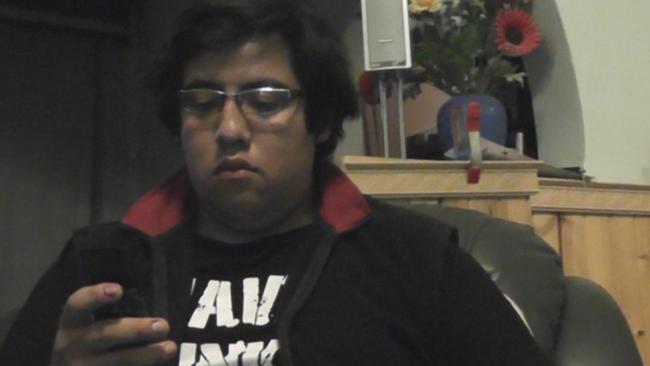
As further evidence of his awareness of his wrongdoing, Mr Omonte-Extrada describes the burial scene stating: “After I killed her, I went back to the tool shed … I took the car back
to clean it.”
He then returned to the crime scene.
This would indicate that he was well orientated in time, place and person, aware of what the crimes that he had committed and aware of the consequences that would accrue, if he was caught and charged.
Mr Omonte-Extrada describes in a very detached way the death of Ms Wild but states that he had no idea why he committed the offence but nonetheless further states “I was planning to off Bec”.
He states that he had no reason to kill Ms Wild, although he was evidently fixated on her and possibly angered by her rejecting his advances.
Again, he reports in a very detached manner, the amount of blood at the crime scene, and then his murder of Ms Fullerton, adding that he was “freaking out”.
It would appear that his motivation in killing Ms Fullerton was that she had witnessed his criminal behaviour.
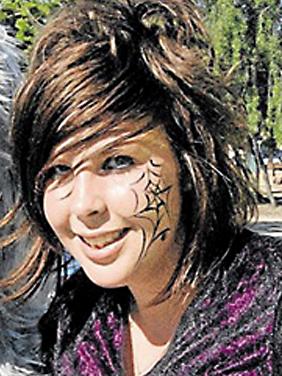
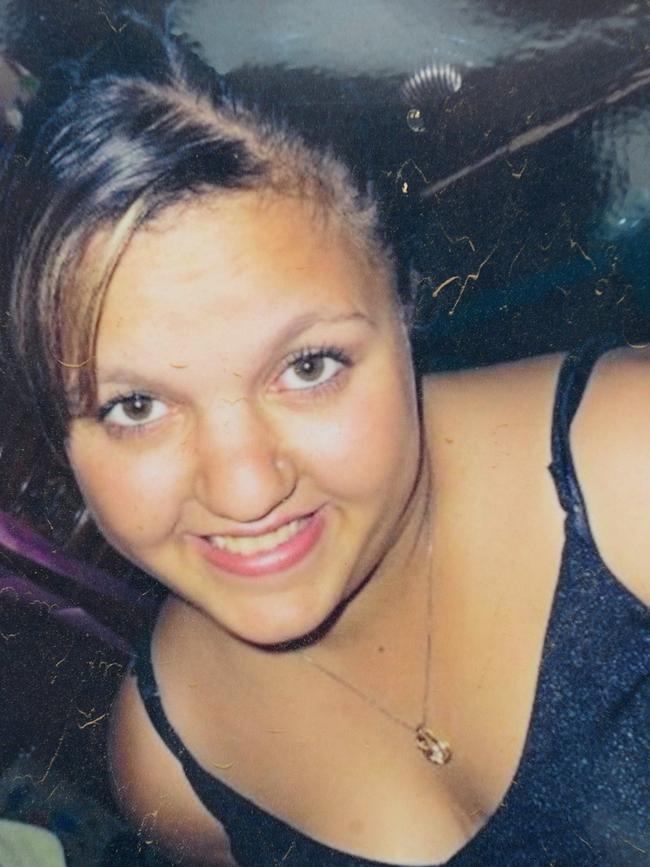
It is apparent from the footage that although he was emotionally detached, Mr Omonte-Extrada was nonetheless well orientated in time, place and person, with there being no
indication of any major psychiatric disturbance.
He speaks of early childhood trauma, in the context of being isolated at school with no friends, adding that he was “different to all the others”.
There were other stressors in his life referable to the death of his father.
He concedes that he was angry and also that his behaviour was reckless “I lost it”.
CODY EDWARDS, KILLER
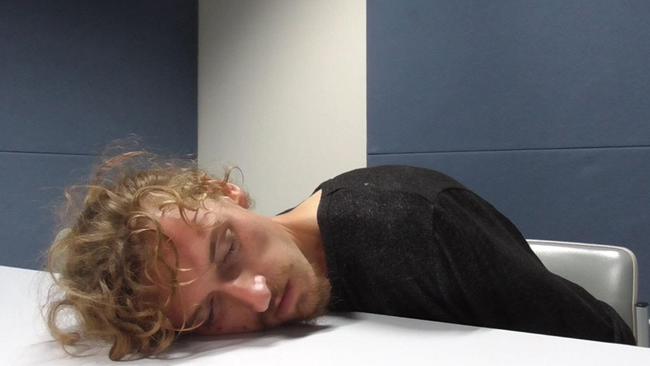
Cody Edwards, 27 at time of filming, was convicted of manslaughter over the 2022 death of his domestic partner, Synamin Bell.
Both he and Ms Bell had consumed a psychedelic drug before the killing.
The Supreme Court accepted he experienced a paranoid psychosis as a result, and that he was acting in excessive self-defence when he killed Ms Bell.
He is serving an eight-year, 10-month sentence.
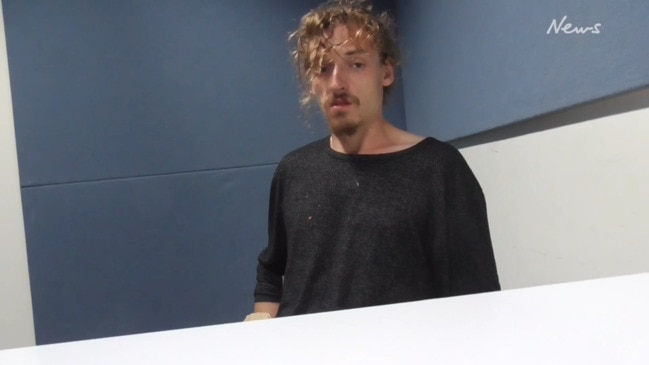
EXPERT ANALYSIS
Video footage referable to Mr Edwards’ arrest indicate a dishevelled individual, with signs
of blood on his clothing.
The offender is co-operative although appears to be in a state of shock.
He is aware of his surroundings and certainly at the time of being interviewed by the police, there was no indication of psychosis or him suffering paranoid delusions.
Indeed, at the time of his arrest at the premises, he was sufficiently well oriented to understand his rights as narrated by SA Police and significantly makes the confession “it was me, sir”.
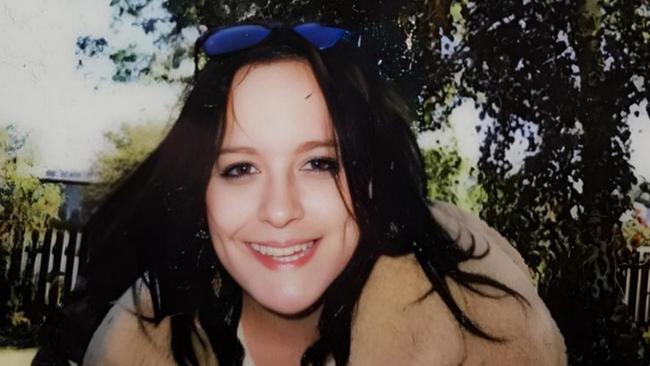
I note that he pleaded guilty to manslaughter one week into the trial.
In the court accepting that Mr Edwards was paranoid and psychotic at the material time, it accepted that he was reacting to a delusional fear arising from his psychosis.
LIAM HUMBLES, MURDERER
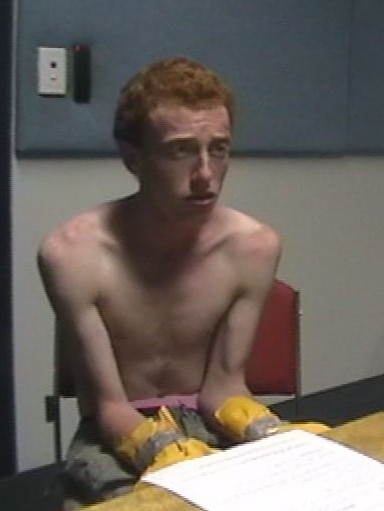
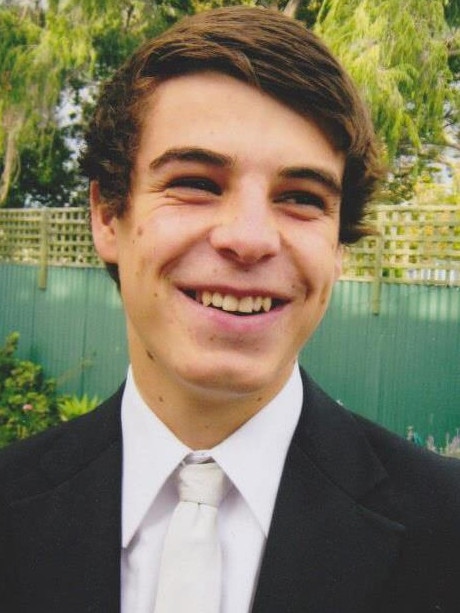
Liam Humbles, 19 at the time of filming, was convicted of murder over the 2012 shooting of Lewis McPherson.
Humbles had been couch-surfing at the time, was known to be a user of drugs and known to carry a gun.
Mr McPherson knew him by sight but they were not friends.
Immediately before the shooting, Mr McPherson and his friends had greeted him politely.
He is serving a life sentence.

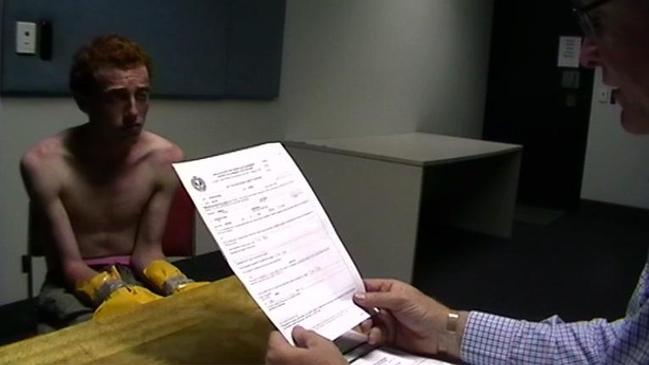
EXPERT ANALYSIS
The footage I have reviewed indicates that Mr Humbles was highly intoxicated and somewhat disoriented in time, place and person.
Mr Humbles although clearly demonstrating signs of significant intoxication, nonetheless understands his rights.
It is clear that he is struggling to maintain focus, reflected in the slurring of his words and indeed as acknowledged by SA Police saying “mate I can’t understand you”.
When on his feet, Mr Humbles further confirms his awareness of his alleged behaviour, although it is apparent that he is still impacted by alcohol, which in passing is acknowledged by the arresting officer.
This is further reflected whilst he is in the police vehicle, prior to being conveyed to the interview room.
Mr Humbles struggles with mobility and is assisted in this regard by the police, who provide a space for him to lie down.
His presentation is consistent with many individuals I have observed and assessed, who have committed serious crimes whilst intoxicated.
He understood an explanation by SA Police concerning obtaining forensic samples from him.
The material does not indicate any major psychiatric disturbance at the time that he was interviewed by the police.
DAVID JAMES O’TOOLE, SCREWDRIVER ATTACKER
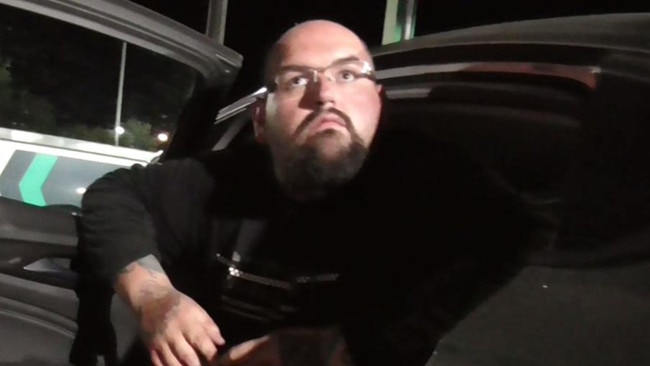
David O’Toole, 36 at the time of filming, was found guilty at trial of stabbing his friend 19 times with a screwdriver, and having also attacked that man’s partner.
Neither victim’s name was publicly released.
Prior to the stabbing, O’Toole and the male victim had been working on a DIY project. O’Toole has never given a motive for the attack.
He is serving a five and a half year jail term.
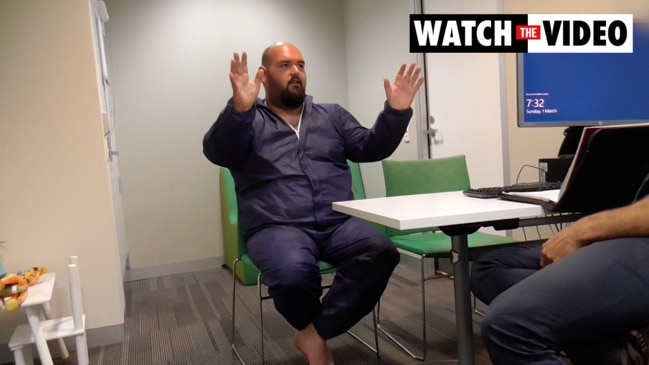
EXPERT ANALYSIS
An analysis of the video material fails to indicate any symptoms of a serious psychiatric disorder.
There is no evidence of intoxication and he provides a coherent account of his behaviour.
Mr O’Toole endeavours to apportion blame to the victims, stating that he received a massive punch to his head, leading him to reach for the screwdriver, which he claims to have used in self-defence.
In support of this, Mr O’Toole reveals a swollen right forearm, which he stated was injured whilst trying to defend himself.
He is calm and co-operative in his responses to police questioning, with an absence of agitation.
Given the gravity of his alleged offending, his affect is somewhat unusual, with him displaying no emotions and describing his behaviour in a manner seemingly disconnected from the allegation that he had stabbed a person multiple times with a screwdriver.
There appears to be no indication of remorse.
ANDREAS PANAS, DRUG LAB OPERATOR
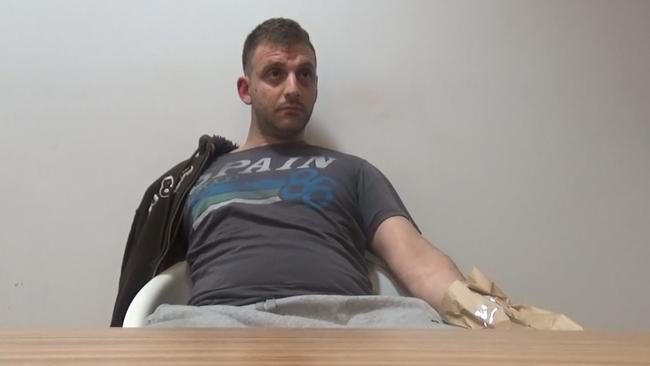
Andreas Panas, 36 at the time of filming, is serving a six-year prison term for running a clandestine drug lab in an Airbnb at Henley Beach in 2019.
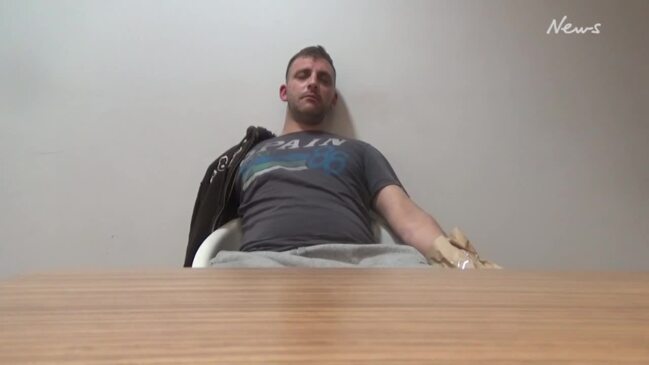
The lab exploded, causing $1.4 million damage.
EXPERT ANALYSIS
The footage reveals a man who is fluctuating between states of high agitation and passivity. Mr Panas appears to be drug affected.
He nonetheless understands the police caution and whilst agitated, strenuously denies any culpability referable to the allegations against him.
Clinical indicia of drug intoxication includes rapid speech and agitation, followed by episodic drowsiness and passivity.
The footage speaks to the dramatic impact which stimulant ingestion can have upon mood and judgment referable to poor impulse control and an absence of consequential thinking.
Mr Panas at times is quite aggressive in terms of his interactions with the police, with him at every opportunity endeavouring to exculpate himself from any criminal offending.
Variations in his mood and behaviour are consistent with an individual who is “coming down” from stimulant use.
Mr Panas’ presentation is unremarkable and is typical of individuals who are impacted by stimulant use.
PETRIT LEKAJ, MURDERER

Petrit Lekaj, 49 at the time of filming, murdered his daughter Sabrina in July 2019.
He was a property developer and a well-known member of SA’s Albanian community.
Lekaj had prior convictions for drug offending, including heroin trafficking.
The Supreme Court, which jailed him for life, heard he was motivated by unfounded fears Sabrina was “throwing her life away” with constant partying.
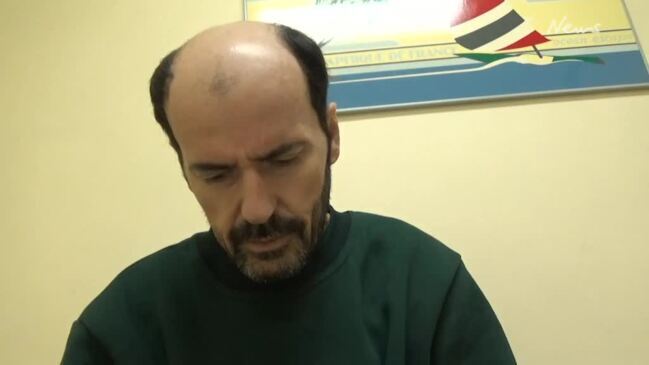
EXPERT ANALYSIS
The video footage indicates an individual who is in partial shock, with him scarcely able to articulate his guilt, although eventually he states “I did it”.
Mr Lekaj appears to be bordering on a catatonic state.
He is not interacting with the police, who struggle to understand his confession.
It may well be the case that he is now realising the gravity of his behaviour resulting in the murder of his daughter.


There are no indications of major psychiatric disturbance in this case but in passing, however, the general public may understandably view his actions as “insane”, however, in order to be diagnosed as legally insane, the defence has to demonstrate that there was a lack of awareness of the person’s wrongdoing and an absence of awareness of the consequences of their wrongdoing.
This is tightly defined and it is apparent from Mr Lekaj’s confession “I did it”, that he had both the intention to kill his daughter and was aware of the consequence of doing this.
HAYAS KARDO, RAPIST
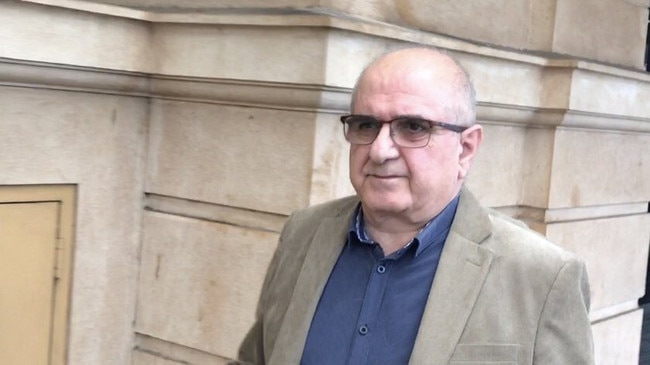
Hayas Kardo, 63 at the time of filming, was jailed for five years for raping a woman – a complete stranger to him – at the Adelaide Aquatic Centre in 2018.
He continues to maintain his innocence.
The District Court found it proven, beyond reasonable doubt, Kardo digitally raped the woman as she napped in a spa bath – the assault woke her, and she alerted staff and police.
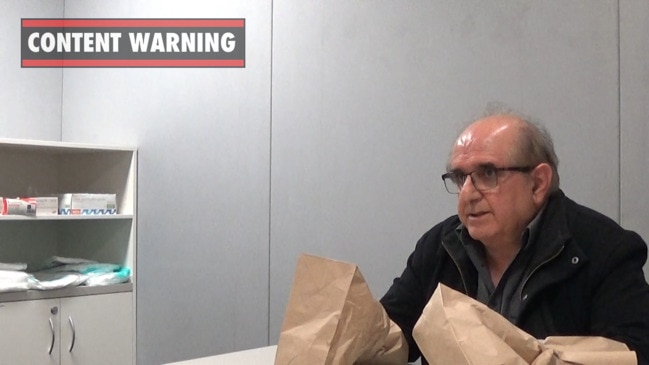
EXPERT ANALYSIS
The footage indicates that he understands the police caution.
He refuses to partake in a police record of interview.
Mr Karo is well oriented in time, place and person with no indication of major psychiatric disturbance.
Mr Kardo understands the situation, interacts appropriately with the arresting officer and maintains his right to silence.
His presentation is clinically unremarkable.
ARTEM VASILYEV, GUNSMITH

Artem Vasilyev, 27 at the time of filming, pleaded guilty to multiple firearms charges over the arsenal of 3D printed gun parts in his home.
An employee of the Defence Science and Technology Organisation, Vasilyev insisted the printed guns were for role-playing and because he enjoyed discovering how things worked.
Federal prosecutors further accused him of having planned to blow up an electrical substation in the Adelaide Hills.
Vasilyev was acquitted of that allegation following a trial, and has yet to be sentenced for his firearms offending.
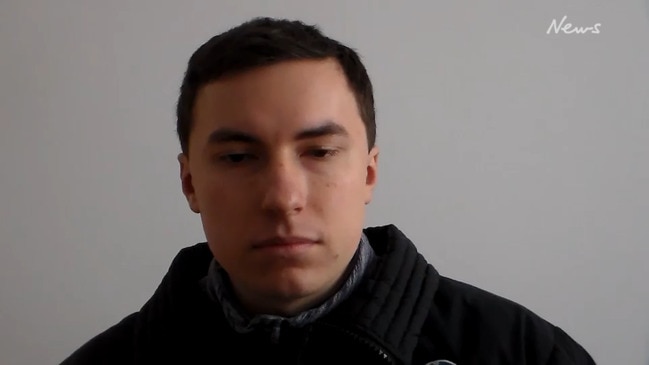
EXPERT ANALYSIS
The footage is unremarkable.
It reveals an intelligent man, who is keen to co-operate with the SA Police.
Whilst acknowledging his culpability referable to printing guns, he consistently maintains that he had no intention to commit terrorist acts.
The court eventually acquits him of the allegations of an intention to commit terrorist acts.
In the present, Mr Vasilyev is well oriented in time, place and person.
The footage indicates at that time, his presentation is clinically unremarkable.
More Coverage
Originally published as SA Police video interviews with murderers, killers, drug dealers and more analysed by top forensic expert





